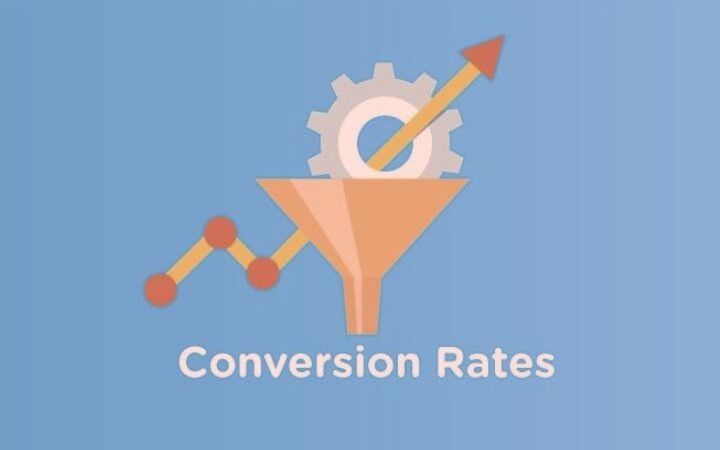The Gartner Magic Quadrant As A Guide in Complicated IT Markets

The ever-increasing number of software providers makes it increasingly difficult to find the right IT solution. The “Gartner Magic Quadrants” published annually by Gartner provide a remedy here.
These reports give an objective overview of the relevant providers in the increasingly complex IT markets, thus ensuring more transparency.
Meaning of the Gartner Magic Quadrant
Founded in 1979, Gartner Inc. is a US market research and consulting firm. Lists the top technology vendors within a specific market in its Gartner Magic Quadrants. The annual reports aim to give managers and their teams a practical and objective insight into the complex structures of leading providers.
The Magic Quadrants, therefore, serve as an essential decision-making basis for companies looking for suitable IT solutions.
The function of the Magic Quadrant
Gartner reports are a multi-criteria evaluation methodology that provides a comprehensive view of the relative positions of multiple software vendors in a marketplace.
The main focus is on the eponymous Magic Quadrant, a two-dimensional matrix with four quadrants. The vertical axis “Ability to execute” describes a company’s ability to execute. The horizontal axis “Completeness of Vision” reflects the completeness of the Vision.
Each of the four sections represents a type of company in the market, with Gartner distinguishing between “Niche Players”, “Challengers”, “Leaders”, and “Visionaries”.
The four types of technology providers in markets
Niche Players: Niche players are particularly predestined for industry and function-specific assignments. They potentially offer a better range of functions for specialized use cases than generalists classified under “Leaders”.
Challengers: Challengers have a broad product portfolio and sufficient resources to achieve continuous growth. The necessary Vision and a clear market direction are still missing for the rise of a leader.
Leaders: Established companies with a large customer base and a strong market position are regarded as market leaders.
Visionaries: Visionaries have a good understanding of where the market is headed. However, these providers usually still cannot implement these visions.
Recognition in the Magic Quadrant for the accolade in IT
Companies must meet minimum functionality and market presence requirements to qualify for a Magic Quadrant.
All representatives, therefore, have a high level of expertise and a particular relevance in their market. Accordingly, positioning in professional circles is considered a qualitative distinction.
Fabasoft is a niche player thanks to its low-code solid platform.
Fabasoft is positioned as a niche player in the 2021 Gartner® Magic Quadrant™ for Content Services Platforms. Gartner defines Content Services Platforms (CSPs) as “the fundamental component in an organization for managing and consuming content.
CSPs allow employees to access and work with content in a modern, seamless way across devices and organizational boundaries. They are a core component of any company’s digital workplace strategy.”
In our experience, companies increasingly value flexibility and agility.
We are all the more pleased that Gartner also recognizes our strengths in low-code and business process services (business processes).
With the Fabasoft Business Process Cloud, we primarily offer specialist departments as ‘citizen developers’ the opportunity to create and adapt digital processes without programming knowledge and support from the IT department.
The Magic Quadrant is not intended solely as a recommendation for leaders.
From our point of view, every company has individual needs and therefore demands potential software differently. Simply looking for suitable providers in the Leaders quadrant is not expedient.
Gartner does not see the Magic Quadrant as a sole recommendation for the leaders identified therein. Instead, all the technology companies represented in the individual quadrants have specific strengths and weaknesses, which need to be evaluated separately.
Providers that are supposedly placed poorly often cover particular criteria that correspond precisely to the required and desired requirement profile.
It is therefore worth taking a detailed look at each company in the report when looking for the right IT solution.






